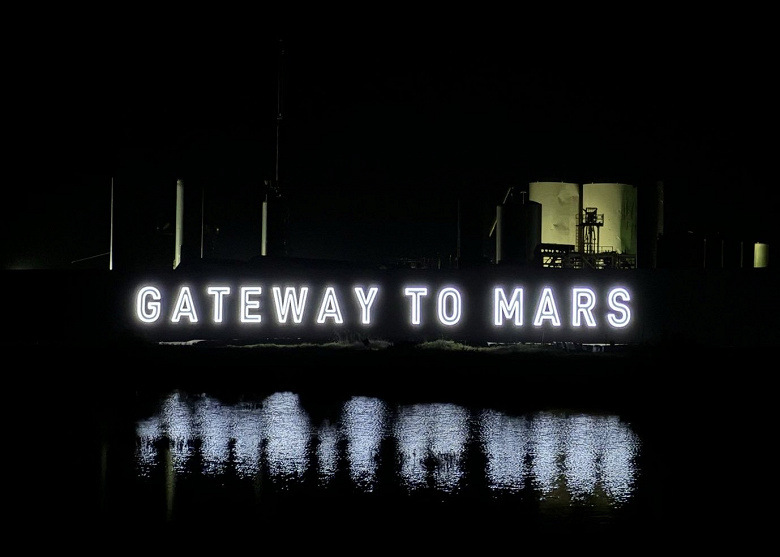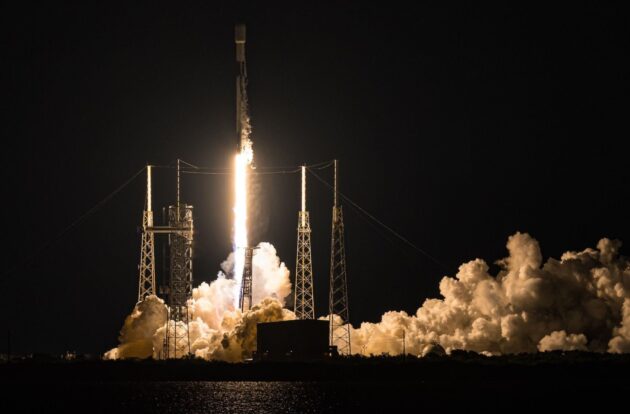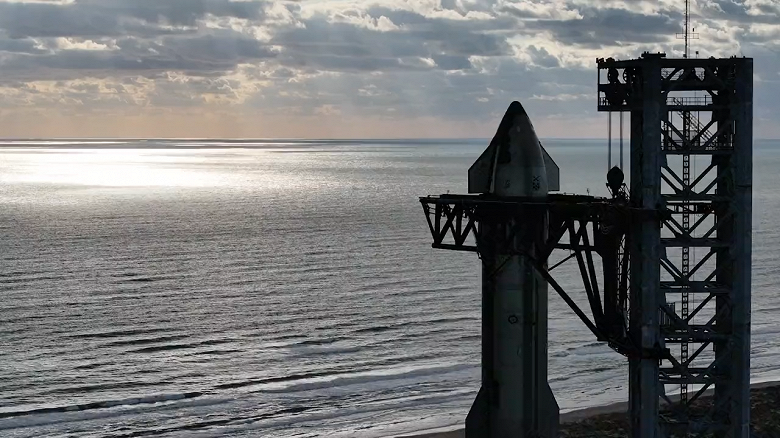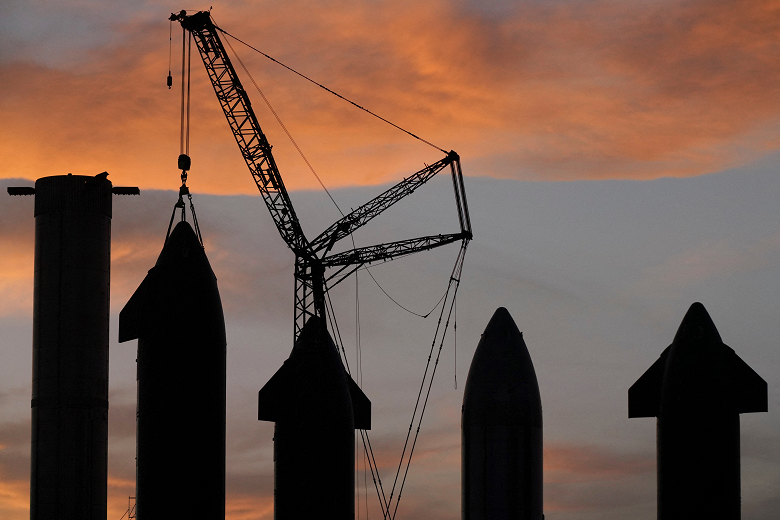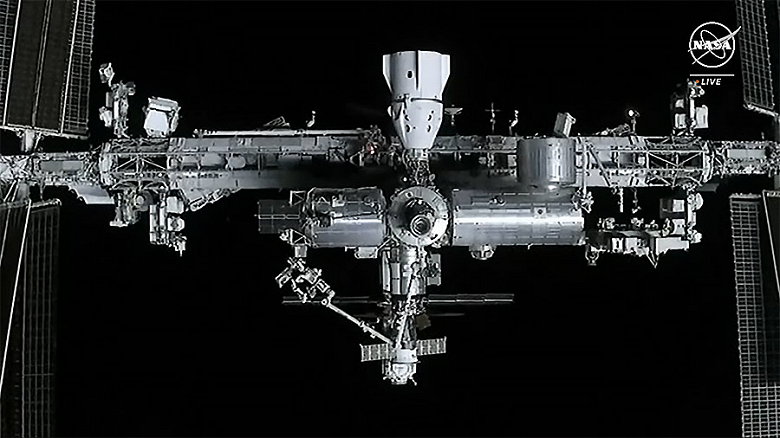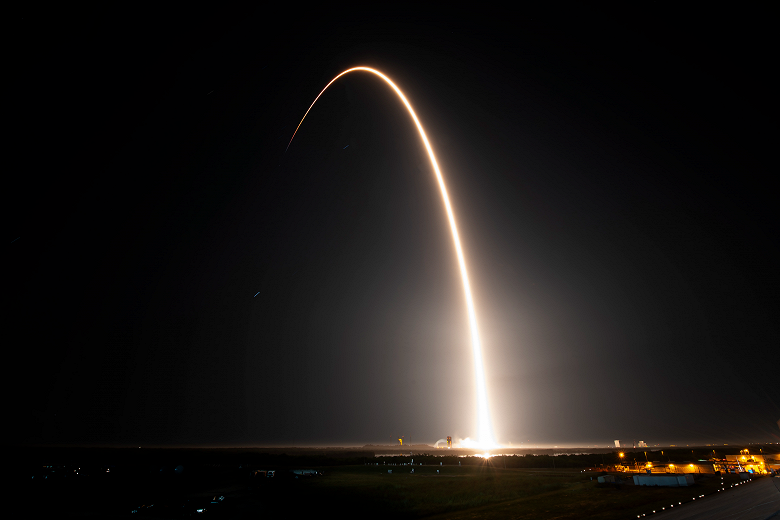SpaceX has again conducted fire tests of Starship SN9 engines – the launch will take place the other day
On Friday, January 22, the fifth static fire tests of the engines of the prototype SN9 of the Starship spacecraft took place – at 17:59 Moscow time, three Raptor engines briefly turned on. This happened at the SpaceX site in South Texas near the Gulf Coast in the village of Boca Chica.

